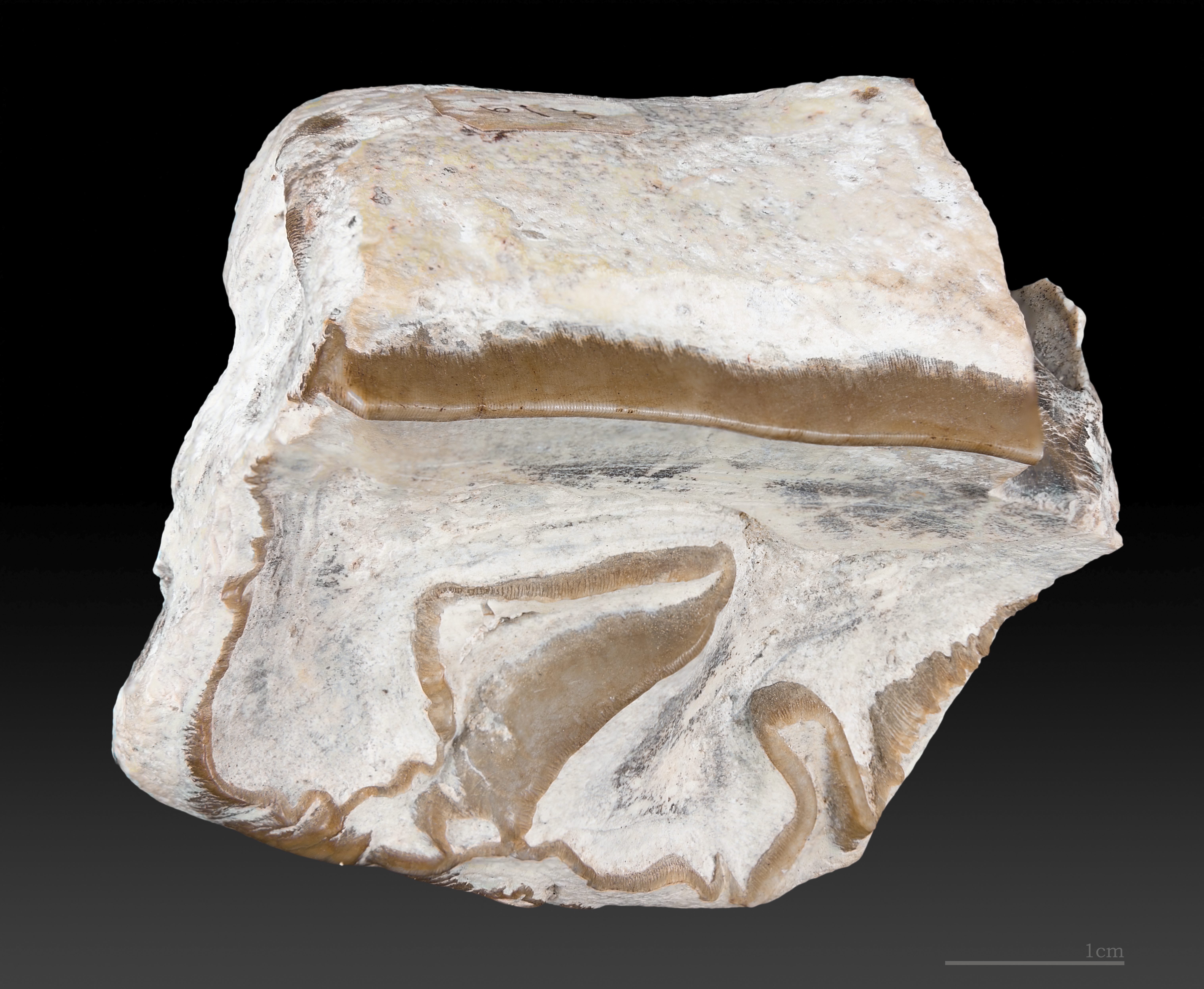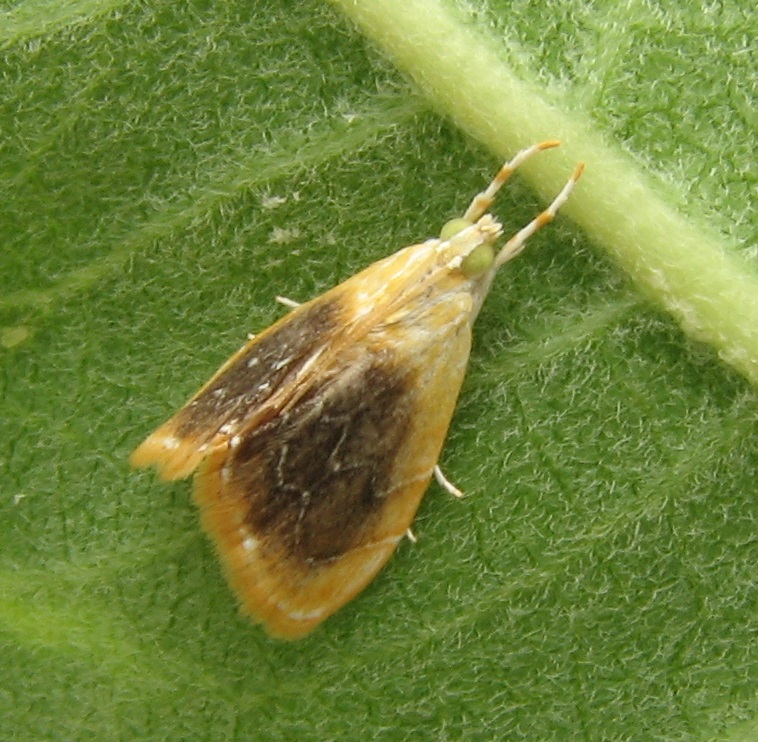|
Lipocosma Fonsecai
''Lipocosma fonsecai'' is a moth in the family Crambidae. It was described by Maria Alma Solis and David Adamski in 1998. It is found in Costa Rica. The length of the forewings is 6.4-6.7 mm. The basal fascia on the forewings are mostly white, mixed with brown scales. The antemedial, medial and subterminal fasciae are yellowish brown and the marginal line is yellowish brown. The hindwings are similarly patterned as the forewings, but there is a brown spot in the discal cell. Etymology The species is named in honour Mr. Gilberto Fonseca, who collected the holotype and various paratype In zoology and botany, a paratype is a specimen of an organism that helps define what the scientific name of a species and other taxon actually represents, but it is not the holotype (and in botany is also neither an isotype nor a syntype). O ...s. References Glaphyriinae Moths described in 1998 {{Glaphyriinae-stub ... [...More Info...] [...Related Items...] OR: [Wikipedia] [Google] [Baidu] |
Maria Alma Solis
Maria Alma Solis is a entomologist at the Systematic Entomology Laboratory (SEL) of the Agricultural Research Service of the U.S. Department of Agriculture. Early life Maria Alma Solis was born on February 9, 1956, in Corpus Christi, Texas, and raised in Brownsville, Texas. She graduated from Brownsville High School in 1974. Dr. Solis began her studies at Texas Southmost College, then transferred to the University of Texas at Austin and majored in science education. She earned her master's degree in biological sciences with Larry Gilbert at UT Austin and her PhD in insect systematics at the Department of Entomology with Charles Mitter at University of Maryland at College Park. Career She began her career with the Agricultural Research Service Systematic Entomology Laboratory as a research scientist in 1986. After completing her PhD in 1989, Solis was promoted to research entomologist with emphasis in snout moths, and after serving as acting research leader of SEL in ... [...More Info...] [...Related Items...] OR: [Wikipedia] [Google] [Baidu] |
David Adamski
David Adamski is an American entomologist working as a research associate at the Smithsonian Institution's National Museum of Natural History and a support scientist in the Systematic Entomology Laboratory (SEL), United States Department of Agriculture in Washington, D.C. He obtained a PhD degree from the Mississippi State University, Department of Entomology in 1987 after defending a dissertation, titled "The Morphology and evolution of North American Blastobasidae (Lepidoptera:Gelechioidea)". His research interests focus on alpha taxonomy, life histories and morphology of moths. Over the years, Adamski produced more than 80 scholarly publications, some in collaboration, shedding light on discernible groups of Lepidoptera including Gelechioidea, Tortricoidea, Pyralidoidea, and Noctuoidea. He studied divergent taxa within the Auchenorrhyncha and Sternorrhyncha, and Phytophagous Acari, as well as Gelechioidea and Blastobasidae The Blastobasidae are a family of moths in th ... [...More Info...] [...Related Items...] OR: [Wikipedia] [Google] [Baidu] |
Moth
Moths are a paraphyletic group of insects that includes all members of the order Lepidoptera that are not butterflies, with moths making up the vast majority of the order. There are thought to be approximately 160,000 species of moth, many of which have yet to be described. Most species of moth are nocturnal, but there are also crepuscular and diurnal species. Differences between butterflies and moths While the butterflies form a monophyletic group, the moths, comprising the rest of the Lepidoptera, do not. Many attempts have been made to group the superfamilies of the Lepidoptera into natural groups, most of which fail because one of the two groups is not monophyletic: Microlepidoptera and Macrolepidoptera, Heterocera and Rhopalocera, Jugatae and Frenatae, Monotrysia and Ditrysia.Scoble, MJ 1995. The Lepidoptera: Form, function and diversity. Oxford, UK: Oxford University Press; 404 p. Although the rules for distinguishing moths from butterflies are not well est ... [...More Info...] [...Related Items...] OR: [Wikipedia] [Google] [Baidu] |
Crambidae
The Crambidae are the grass moth family of lepidopterans. They are variable in appearance, the nominal subfamily Crambinae (grass moths) taking up closely folded postures on grass stems where they are inconspicuous, while other subfamilies include brightly coloured and patterned insects which rest in wing-spread attitudes. In many classifications, the Crambidae have been treated as a subfamily of the Pyralidae or snout-moths. The principal difference is a structure in the tympanal organs called the praecinctorium, which joins two tympanic membranes in the Crambidae, and is absent from the Pyralidae. The latest review by Munroe and Solis, in Kristensen (1999), retains the Crambidae as a full family. The family currently comprises 15 subfamilies with altogether 10,347 species in over 1,000 genera. Systematics *subfamilia incertae sedis **''Conotalis'' Hampson, 1919 **''Exsilirarcha'' Salmon & Bradley, 1956 *Subfamily Acentropinae Stephens, 1836 *Subfamily Crambinae Latreill ... [...More Info...] [...Related Items...] OR: [Wikipedia] [Google] [Baidu] |
Costa Rica
Costa Rica (, ; ; literally "Rich Coast"), officially the Republic of Costa Rica ( es, República de Costa Rica), is a country in the Central American region of North America, bordered by Nicaragua to the north, the Caribbean Sea to the northeast, Panama to the southeast, the Pacific Ocean to the southwest, and maritime border with Ecuador to the south of Cocos Island. It has a population of around five million in a land area of . An estimated 333,980 people live in the capital and largest city, San José, Costa Rica, San José, with around two million people in the surrounding metropolitan area. The sovereign state is a Unitary state, unitary Presidential system, presidential Constitution of Costa Rica, constitutional republic. It has a long-standing and stable democracy and a highly educated workforce. The country spends roughly 6.9% of its budget (2016) on education, compared to a global average of 4.4%. Its economy, once heavily dependent on agriculture, has diversif ... [...More Info...] [...Related Items...] OR: [Wikipedia] [Google] [Baidu] |
Holotype
A holotype is a single physical example (or illustration) of an organism, known to have been used when the species (or lower-ranked taxon) was formally described. It is either the single such physical example (or illustration) or one of several examples, but explicitly designated as the holotype. Under the International Code of Zoological Nomenclature (ICZN), a holotype is one of several kinds of name-bearing types. In the International Code of Nomenclature for algae, fungi, and plants (ICN) and ICZN, the definitions of types are similar in intent but not identical in terminology or underlying concept. For example, the holotype for the butterfly '' Plebejus idas longinus'' is a preserved specimen of that subspecies, held by the Museum of Comparative Zoology at Harvard University. In botany, an isotype is a duplicate of the holotype, where holotype and isotypes are often pieces from the same individual plant or samples from the same gathering. A holotype is not necessaril ... [...More Info...] [...Related Items...] OR: [Wikipedia] [Google] [Baidu] |
Paratype
In zoology and botany, a paratype is a specimen of an organism that helps define what the scientific name of a species and other taxon actually represents, but it is not the holotype (and in botany is also neither an isotype nor a syntype). Often there is more than one paratype. Paratypes are usually held in museum research collections. The exact meaning of the term ''paratype'' when it is used in zoology is not the same as the meaning when it is used in botany. In both cases however, this term is used in conjunction with ''holotype''. Zoology In zoological nomenclature, a paratype is officially defined as "Each specimen of a type series other than the holotype.", ''International Code of Zoological Nomenclature'' In turn, this definition relies on the definition of a "type series". A type series is the material (specimens of organisms) that was cited in the original publication of the new species or subspecies, and was not excluded from being type material by the author (t ... [...More Info...] [...Related Items...] OR: [Wikipedia] [Google] [Baidu] |
Glaphyriinae
Glaphyriinae is a subfamily of the lepidopteran family Crambidae. It was described by William Trowbridge Merrifield Forbes in 1923. The subfamily currently comprises 509 species in 75 genera. The larvae of Glaphyriinae predominantly feed on plants of the order Brassicales and are able to digest the glucosinolates contained in these plants. Genera *''Abegesta'' Munroe, 1964 *''Achantodes'' Guenée, 1852 *''Aenigmodes'' Amsel, 1957 (= ''Aenigma'' Amsel, 1956) *''Aethiophysa'' Munroe, 1964 *''Agastya'' Moore, 1881 (= ''Agastia'' Moore, 1881) *''Aureopteryx'' Amsel, 1956 *''Catharia'' Lederer, 1863 *''Cereophagus'' Dyar, 1922 *'' Chalcoela'' Zeller, 1872 *''Chilomima'' Munroe, 1964 *''Chilozela'' Munroe, 1964 *''Contortipalpia'' Munroe, 1964 *'' Cosmopterosis'' Amsel, 1956 *''Dichochroma'' Forbes, 1944 *''Dicymolomia'' Zeller, 1872 (= ''Bifalculina'' Amsel, 1956) *''Eupoca'' Warren, 1891 *''Eustixia'' Hübner, 1823 (= ''Thelcteria'' Lederer, 1863, ''Thlecteria'' Dyar, 1925) *'' Ev ... [...More Info...] [...Related Items...] OR: [Wikipedia] [Google] [Baidu] |


